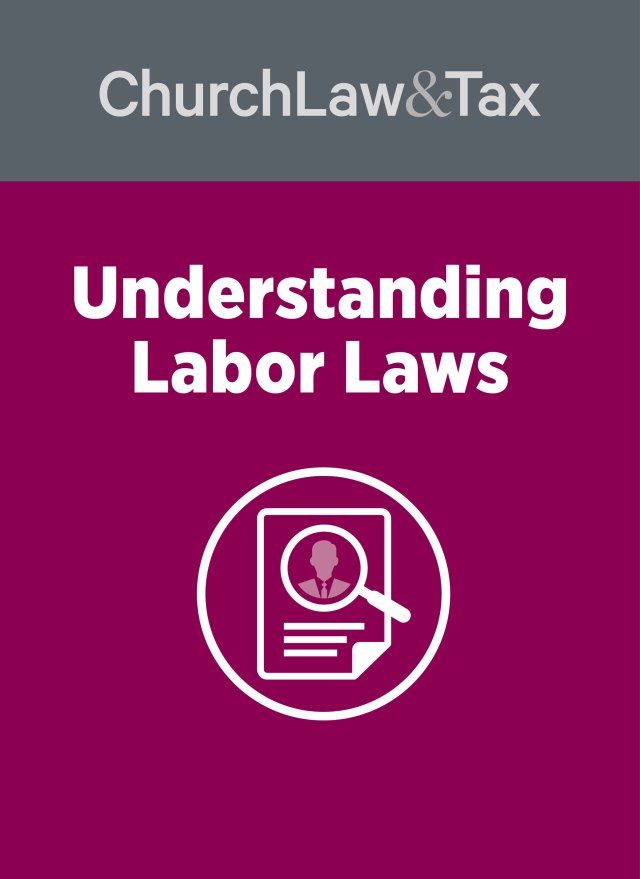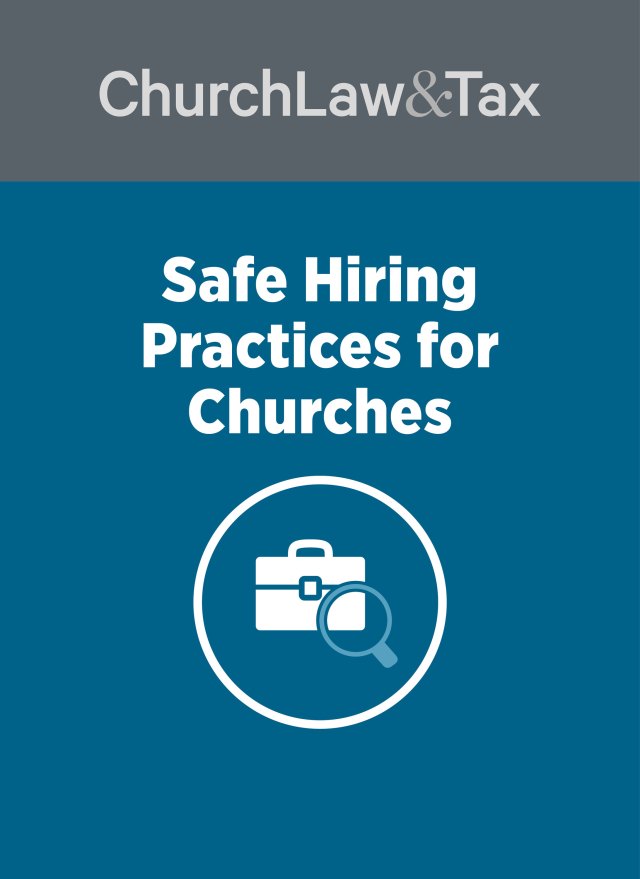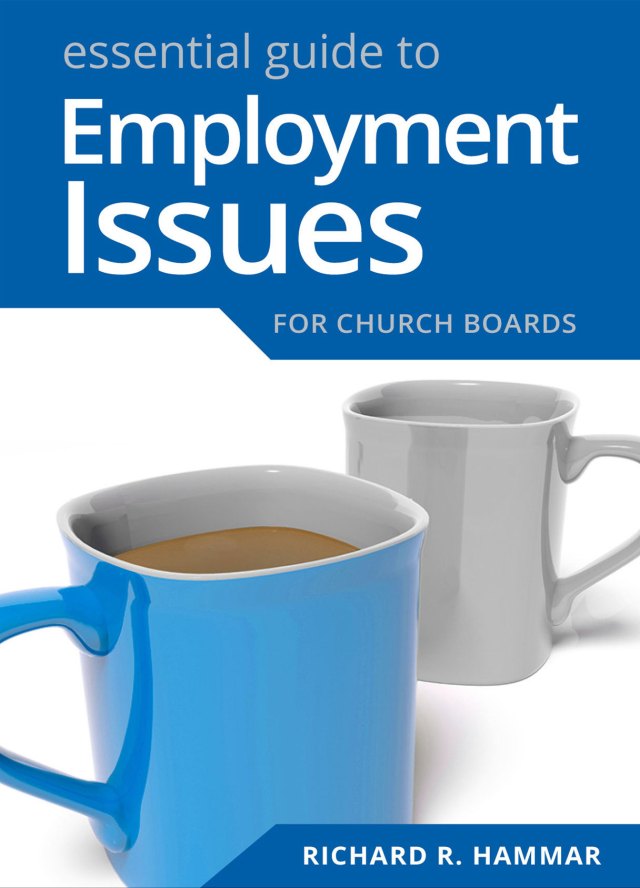• Key point 8-08.1. Title VII of the Civil Rights Act of 1964 prohibits employers engaged in commerce and having at least 15 employees from discriminating in any employment decision on the basis of race, color, national origin, gender, or religion. Religious organizations are exempt from the ban on religious discrimination, but not from the other prohibited forms of discrimination. The Civil Rights Act of 1964
• Key point 8-09. The federal Age Discrimination in Employment Act prohibits employers with 20 or more employees, and engaged in interstate commerce, from discriminating in any employment decision on the basis of the age of an employee or applicant for employment who is 40 years of age or older. The Act does not exempt religious organizations. Many states have similar laws that often apply to employers having fewer than 20 employees. Labor Laws
An Ohio court ruled that a church school had not violated age discrimination law by dismissing an unmarried male teacher and female teacher who were living together in violation of church doctrine. Two teachers who had been dismissed by a church school sued the school claiming that their dismissals amounted to unlawful age discrimination. A court noted that employees who claim discrimination have the initial burden of establishing a “prima facie case” of discrimination. This requires proof that (1) they are a member of a class protected by a federal, state, or local civil rights law; (2) they suffered an adverse employment decision (such as being dismissed); (3) a direct relationship exists between membership in the protected class and the adverse employment decision. If an employee is successful in making out a prima facie case of discrimination, then a presumption of discrimination exists, and the burden shifts to the employer to show a legitimate, nondiscriminatory reason for the adverse employment decision. If the employer demonstrates a nondiscriminatory reason for the adverse employment action, then the presumption is rebutted and the employee must prove that the nondiscriminatory reason was a “pretext” for discrimination. The court conceded that the teachers had proven a prima facie case of discrimination since they were members of a protected class (40 years of age or older) and had been terminated and replaced with younger teachers. In response, the school alleged a nondiscriminatory reason for terminating the teachers. It asserted that the teachers had been dismissed because they failed to comply with church doctrine when they cohabited without being married. The teachers were unable to prove that the school’s allegedly nondiscriminatory basis for terminating them was a “pretext.” As a result, the court concluded that the teachers’ age discrimination claim had to be dismissed.
Application. This case recognizes the legal right of a church to dismiss an employee who violates the church’s moral teachings. Such dismissals cannot be challenged on the ground that they amount to discrimination based on age. This assumes, of course, that the church’s moral teachings are uniformly applied to all employees and are not used as a pretext for discrimination. Obviously, a church could violate state or federal civil rights laws barring employment discrimination based on age if it enforced moral standards only against older employees. Basinger v. Pilarczyk, 2000 WL 331630 (Ohio App. 2000).
© Copyright 2000 by Church Law & Tax Report. All rights reserved. This publication is designed to provide accurate and authoritative information in regard to the subject matter covered. It is provided with the understanding that the publisher is not engaged in rendering legal, accounting, or other professional service. If legal advice or other expert assistance is required, the services of a competent professional person should be sought. Church Law & Tax Report, PO Box 1098, Matthews, NC 28106. Reference Code: m43 c0101




